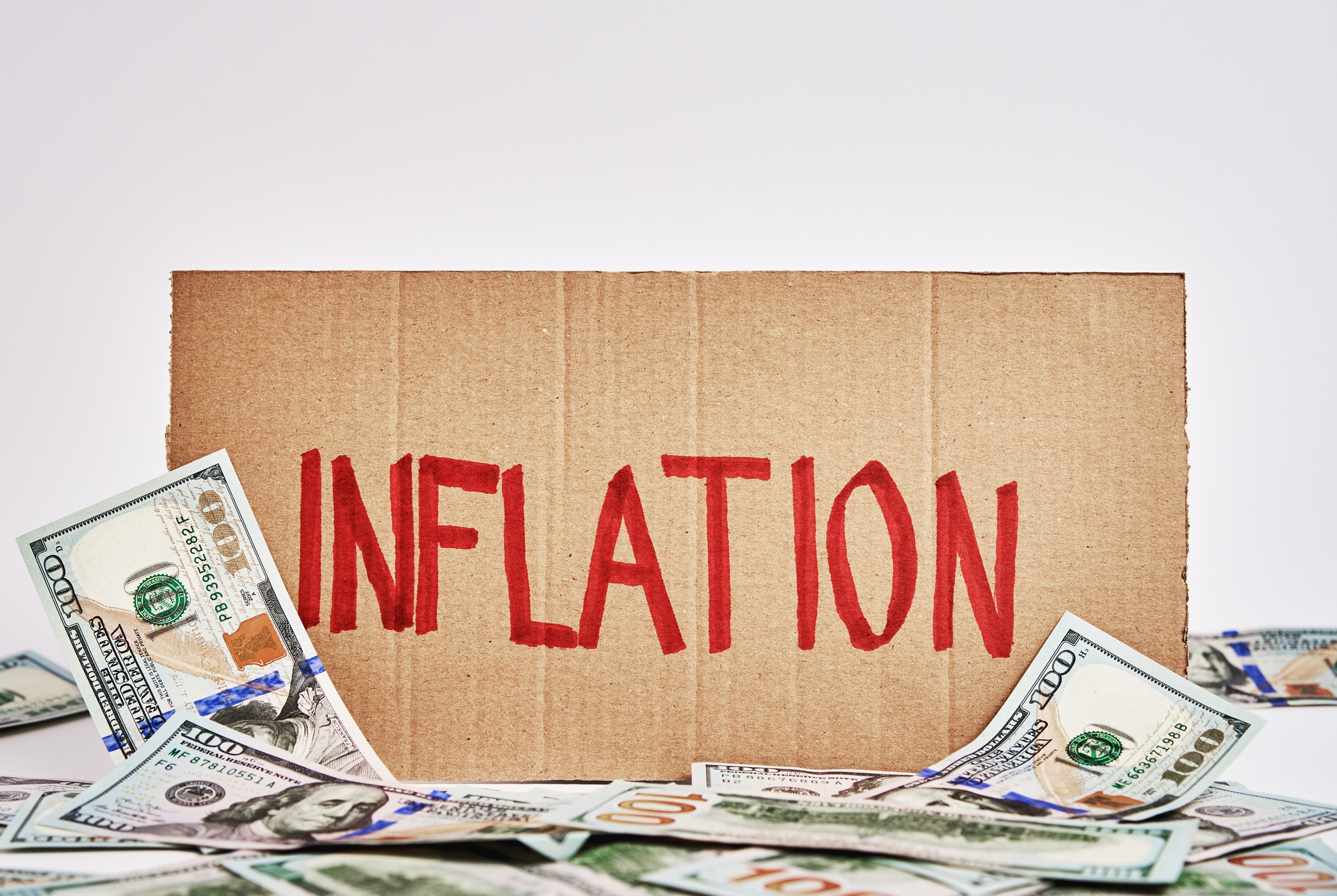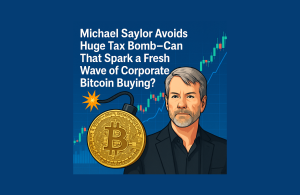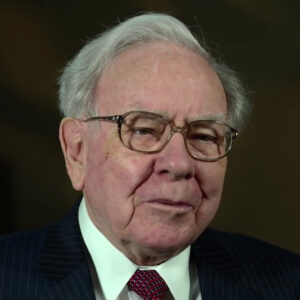U.S. inflation cooled modestly in April 2025, offering a temporary reprieve for consumers and policymakers. However, economists warn that the relief may be short-lived as the effects of recent tariff hikes begin to ripple through the economy.
Headline Inflation Eases
According to the Bureau of Labor Statistics, the Consumer Price Index (CPI) rose 0.2% in April, following a 0.1% decline in March. On an annual basis, inflation stood at 2.3%, the lowest since February 2021. Core inflation, which excludes volatile food and energy prices, remained steady at 2.8% year-over-year.
The slowdown was driven by a 0.1% decrease in food prices and a modest 0.7% increase in energy costs. Notably, egg prices fell 12.7% in April, contributing to a 1.6% decline in the meats, poultry, fish, and eggs index. Gasoline prices decreased 0.1% over the month, while natural gas and electricity prices rose 3.7% and 0.8%, respectively.
Tariff Effects on the Horizon
Despite the current moderation, analysts caution that the full impact of recent tariff increases has yet to materialize.President Trump’s administration implemented a 10% blanket tariff on all imports, with higher duties on Chinese goods and automobiles. Although a 90-day pause on most country-specific tariffs was announced in April, the blanket tariff remains in effect.
Economists anticipate that these tariffs will exert upward pressure on prices in the coming months, particularly in sectors reliant on imported goods. The delayed pass-through of tariff costs to consumers could lead to a resurgence in inflation, potentially peaking at around 3.4% by year-end.
Federal Reserve’s Stance
The Federal Reserve maintained its benchmark interest rate at 4.25%-4.50% during its latest meeting, citing the need to balance inflation control with economic growth. While the central bank acknowledges the recent easing in inflation, it remains vigilant about potential inflationary pressures stemming from tariffs and other factors.
Vice Chair Philip Jefferson noted that the economy is expected to slow, and future inflation remains uncertain due to the ongoing tariff situation. He emphasized that the lasting impact of tariffs depends on trade policy implementation, supply chain reactions, and overall economic performance.
Market Implications
Financial markets responded cautiously to the April inflation data. Investors are closely monitoring the situation, as persistent inflation could influence the Federal Reserve’s monetary policy decisions. The potential for delayed tariff effects adds another layer of complexity to the economic outlook.
While April’s inflation figures provide a momentary sense of relief, the looming impact of tariffs poses a significant risk to the U.S. economy. Policymakers and investors alike will need to navigate these challenges carefully, as the balance between controlling inflation and sustaining economic growth becomes increasingly delicate.







